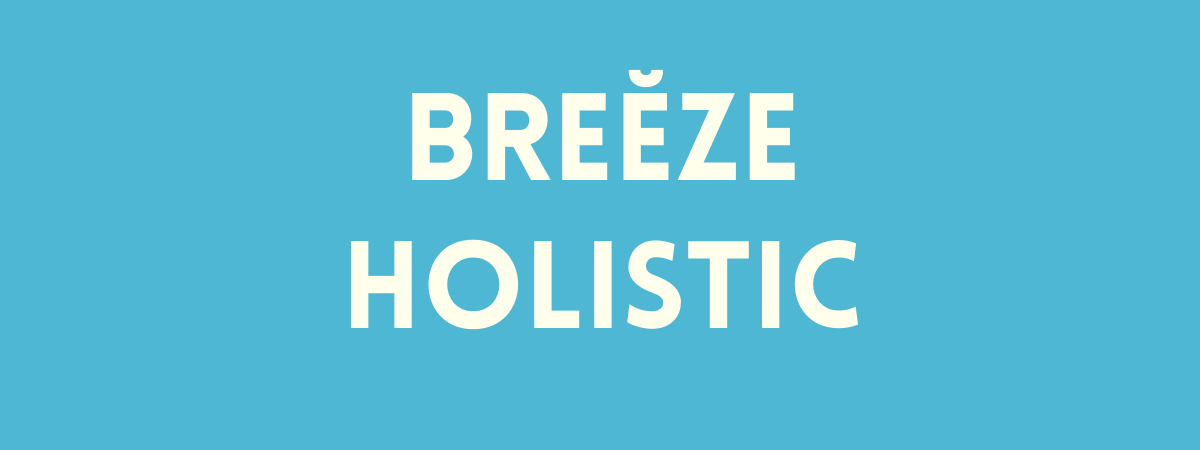In the Blue Mountains of Oregon lives a contender for the world’s largest known organism: and believe it or not, it’s … a mushroom. The honey mushroom. Mostly hidden beneath the soil, it stretches its rhizomorphic arms in a web to form a giant mycelium taking up almost 2,400 acres. (A blue whale for reference is only about 0.002 acres. This is a mushroom the size of 1.2 million blue whales we’re talking about). And this mycelium, its branching threads all weaving and linking together, not only resembles the internet, it turns out to actually be one.
Like Einstein’s theory “spooky action at a distance” — where objects separated in space can still interact with each other — these mycelia allow plants to communicate, share nourishment, and fight toxic weeds with each other, all while physically separated, by using their threads to connect the roots of plants. If that sounds like a normal day for you on the internet, you’re not alone. This natural network is what some people call the internet of plants, or even more adorably, the wood wide web.
I will not be the first to point out that a mycelia looks like a neural network, like surges of electricity, or the trees in winter. Even astronomers have begun calling the material they believe holds the universe together the “cosmic web.” And it get even weirder. The mycelia-shaped surge of a single lightning strike can even double some mushroom crops — webs, working together. Turn the lens around and possibly even more amazing is that all of these so closely resemble the intricate, microscopic makeup of our own skin cells, our hairs, our blood vessels, our bones, the neurons moving impulses around our bodies, and the veins and arteries circulating our blood — all. webs. Through and through, it seems that we, and the earth we stand on, is nothing short of a never-ending series of web networks.
mycelium
the world wide web by Hal Burch and Bill Cheswick
And I believe in the idea of webs. Every little bacteria and interaction part of a web, whether we understand it or not. People and the superorganism of the earth that we’re part of, one super-web. A web that exists without the internet or any technology at all; as the micologist Paul Stamets said, “the invention of the computer Internet is an inevitable consequence of a previously proven biologically successful model.” This I believe — that we didn’t invent the internet, but that the internet was our inevitable, somewhat crude attempt at imitating the intelligent webbings of nature and our own bodies — and, most importantly, that an intuitive internet exists outside of that, which allows us to communicate not only with each other, but also with our own bodies.
This is why I named this business CobwebMD, and why I so believe in the power of the human body and mind to look to itself for healing, and also to look to the earth that it’s part of to help in the healing process.
So that's the story behind CobwebMD. But before I close this out I just want to point out a couple of things:
Whenever you think the world is more powerful than you, remember this: There are 1,000 times more synapses in your own brain than there are stars in the Milky Way. Inside, our neural impulses go around 200 miles an hour, our thoughts an average of 70, and it’s all still way more efficient than a supercomputer. A computer with the capacity of a human brain would need the power of a small hydroelectric plant to run it, while the brain only needs the energy of one dim lightbulb. I believe we are made of some of the most advanced networks, capable of more than we know, not only able to heal but raise ourselves to higher frequencies. And if you think that the appearance of strengths matters, have you ever watched a spiderweb in the wind? It’s kind of amazing. While branches fall off trees they hang on like little sails, collecting tiny drops of rain in perfect rows. The mind and body are like this, too. Resilient in their fragility, untethered if the right gust of wind comes along, but also quickly rebuilt.
But to heal yourself, you really need to be hearing yourself.
Hearing. How do we know if we’re doing that?
The elusive concept of listening to the body — that’s what I’ll be talking about in my next post. So if you feel like continuing on this cosmic web with me, subscribe below to know when the next posts is up, and thanks so much for reading.




